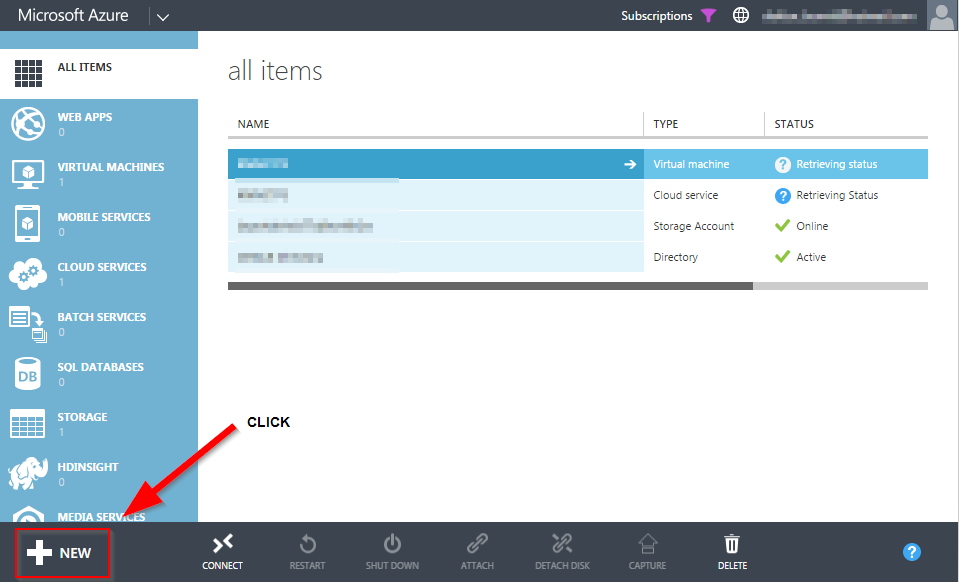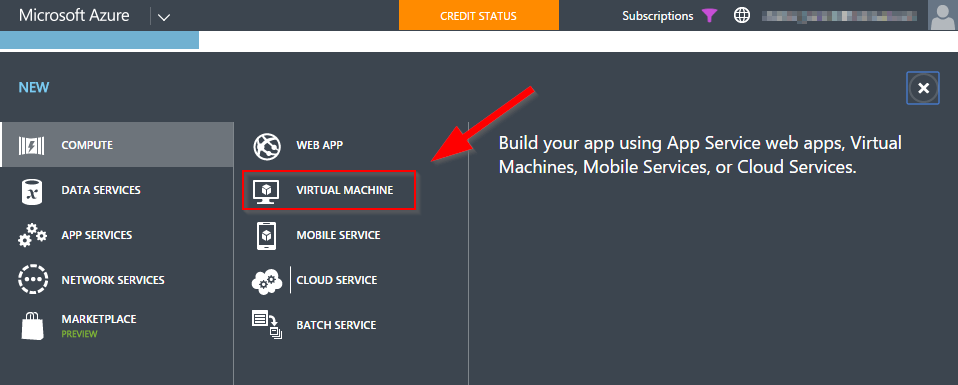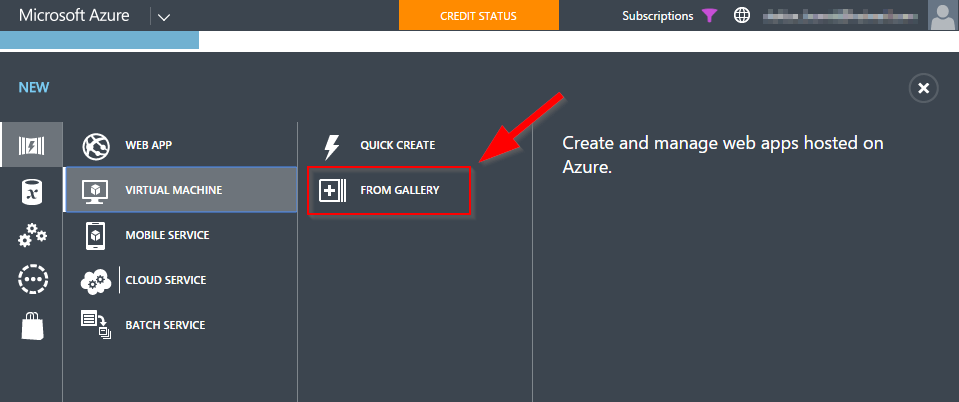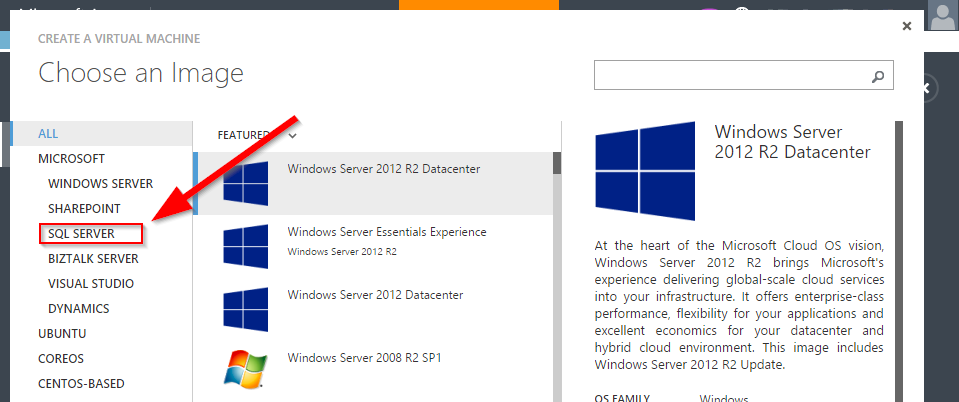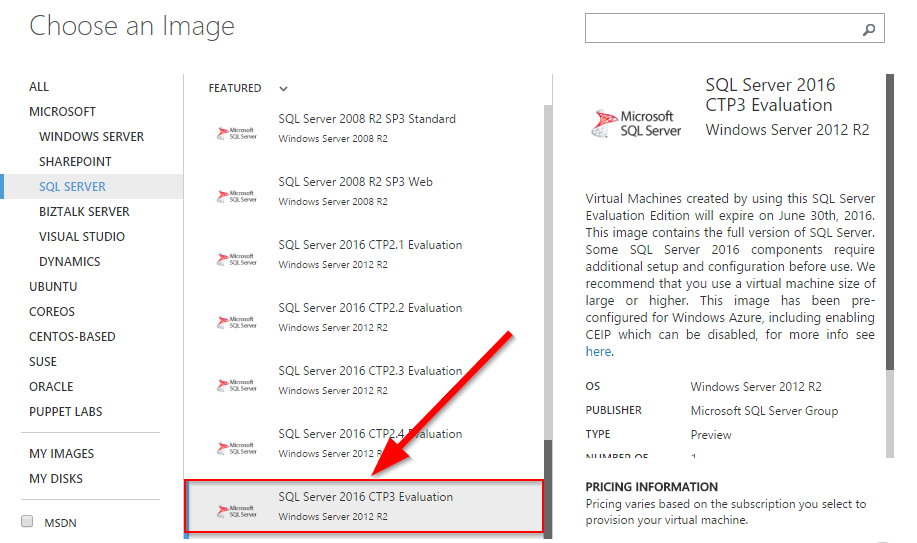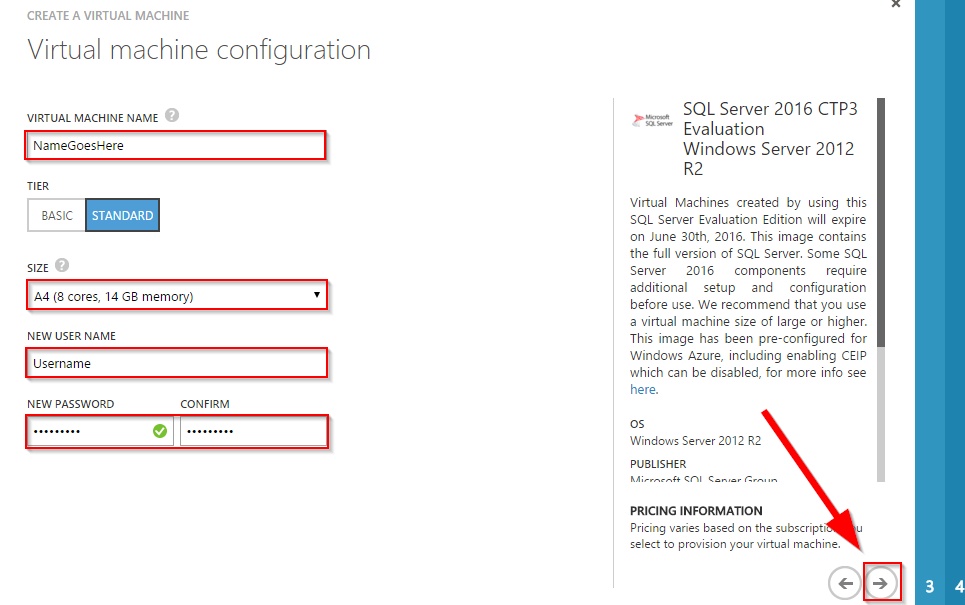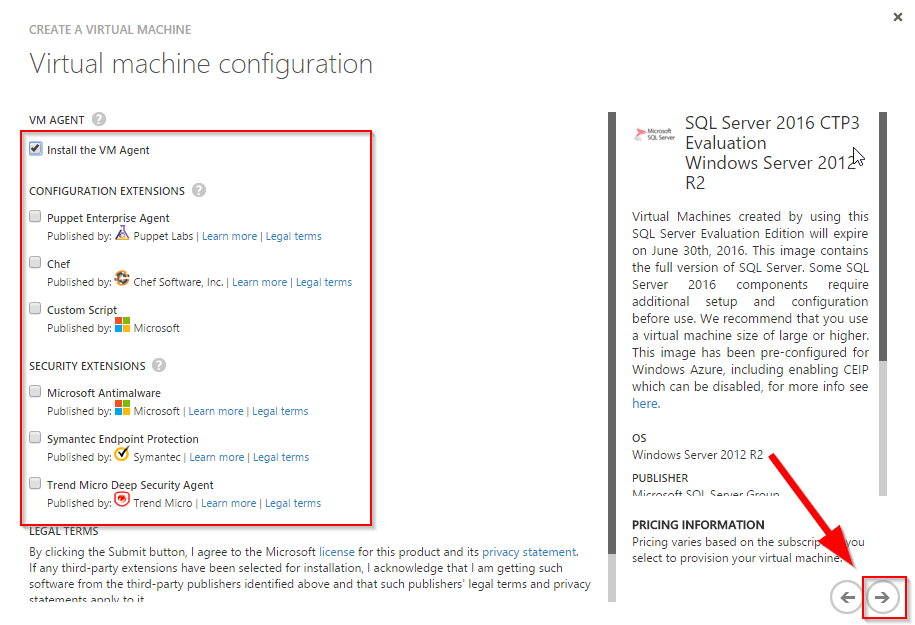As the time of the release of the next version of SQL Server is closing in, the cycle of Community Technical Preview (CTP) releases is shorter and shorter – we are now at CTP3 and the product seems very much mature for release. There is a handful of features not yet implemented, that was on the roadmap – but I bet you the SQL Team will go an extra length to get the features ready for the final release.
This post will show you how to get started with testing/using the newest version of the CTP.
Ways to try out SQL Server 2016 CTP3
There are a few options as to how to get started with testing the CTP3:
- Install it on a Laptop
- Install it on a workstation
- Download a VHD from Microsoft
- Try it online at Microsoft Virtual Academy
- …. And then there is the method I am keen on
The easiest way to get started with the new CTP of SQL Server is actually not by downloading it, and installing on your own Laptop or Workstation. There is a more efficient way to get started, and it involves the CLOUD, or as Microsoft calls it AZURE, all you need is an active AZURE account with some credits on it. If you have that, you can be up and running in about 15 minutes from your log-in, till you have a running SQL server.
One of the many reasons to be doing it this way could be one or more of the following.
- IT does not allow you to install servers on your laptop or workstation
- Limited space available on your laptop or workstation
If one or more of these reasons apply, you should definitely opt for running your trial on AZURE. In the following part, I will guide you through what is needed to get started and what steps are required to perform the install of the SQL Server CTP3 on AZURE.
Azure Account Needed
Before you can start using this guide, there are few things that need to be considered.
First off, you will be needing an AZURE Account, either an MSDN, a private or a TRIAL account. You can create a new trial account on this link. When this is created, you will be able to use AZURE for free, for 60 days, and with a spending limit of 200$.
Step 1: Go to https://azure.microsoft.com/en-us/pricing/free-trial/
Step 2: Click the “try it now” button

Step 3: Fill in the form, log-in, and you’re ready to rock and roll.
Start up your Virtual Machine
|
Tip: Use the old portal, as there seems to be an issue with the display of the version of CTP in the new AZURE Portal. Old Portal : https://manage.windowsazure.com/New Portal : https://portal.azure.com/ |
Once you are logged in to the portal of your choice, we can get started on the work that really matters, the creation of your virtual machine running SQL Server 2016. There is not that much to it, a few steps to be completed, the provisioning, and installation of the server should be going smoothly.
Let us get started:
Step 1: On the main screen of your portal, click the New button:
Step 2: On the next window click the Virtual Machine button:
Step 3: The next window, you should be clicking the From Gallery button:
Step 4: Click on the SQL Server menu point:
Step 5: Scroll to the very bottom of the list containing all the various images of SQL Server installations, and select the SQL Server 2016 CTP3 Evaluation image:
Step 6: Then click the little arrow to the right, indicating that you would like to continue the configuration of this server:
Step 7: This is here you give the server a unique name, set up the size of the server and a user account for the server to be used as administrator.
- The name must be between 3 and 15 letters
- Use standard tier, as it will be sufficient for testing
- I tend to select an A4 server, as I like to not wait for the server to respond
- Put in a username
- Put in a password, and retype it
- Click the little arrow to the right to continue
Step 8: Here we are creating or reusing a cloud service, selecting which region the server will be running in (chose the region nearest to your physical location), setting up or reusing a storage account.
The storage account is the account/container where your Virtual Hard drive is stored. You cannot have a virtual machine on Azure without a Storage Account.
Choose if there is a need for an availability set. My advice would be to skip this option, as there is seldom use for that in a testing situation:
VIRTUAL MACHINE AVAILABILITY SETS An availability set is a group of virtual machines deployed across fault domains and update domains. An availability set makes sure that your application is not affected by single points of failure, like the network switch or the power unit of a rack of servers. |
Remember to create an endpoint for your SQL Server Management Studio, enabling you to connect to the server from your local host. To do this click the lowest dropdown menu, indicating the Enter or select a value. Select the MSSQL option:
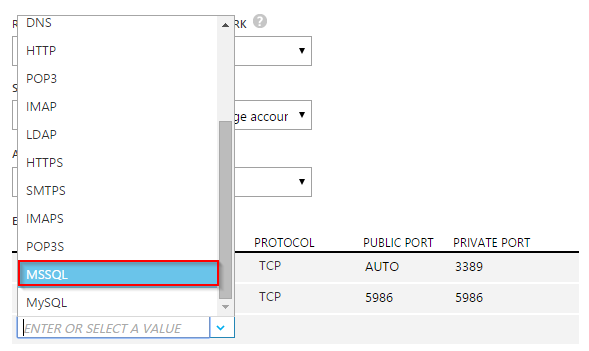
That will automatically create an endpoint for the TCP protocol with the private and a public port for 3306.
Now end by clicking the little arrow to the right.
Step 9: You have the possibility to install VM agents on the server, but it is not something that I have worked intensively with, so I would not give advice on this subject – please see the blog on the subject https://azure.microsoft.com/en-us/blog/vm-agent-and-extensions-part-1/
Start the provisioning of the server by clicking the arrow to the right:
Step 11: The window will now change. The machine is being provisioned, and the virtual machine will be online in approximately 10-15 minutes:
Step 12: Connect to the virtual machine, using the Connect option at the bottom of the screen. This will download a Remote Desktop Profile. Once downloaded open the profile and login with the username and password used to create the machine:
Conclusion
You should now either already have a Virtual Machine running in Azure, with the latest SQL Server 2016 CTP or you should be able to create one easy.
I hope you have enjoyed this article, and have found a new way for using Azure for testing new products from Microsoft.
- Using SQL Server 2016 CTP3 in Azure - November 6, 2015
- New Features in SQL Server 2016 – Dynamic Data Masking - July 23, 2015
- New Features in SQL Server 2016 – Always encrypted - July 8, 2015

